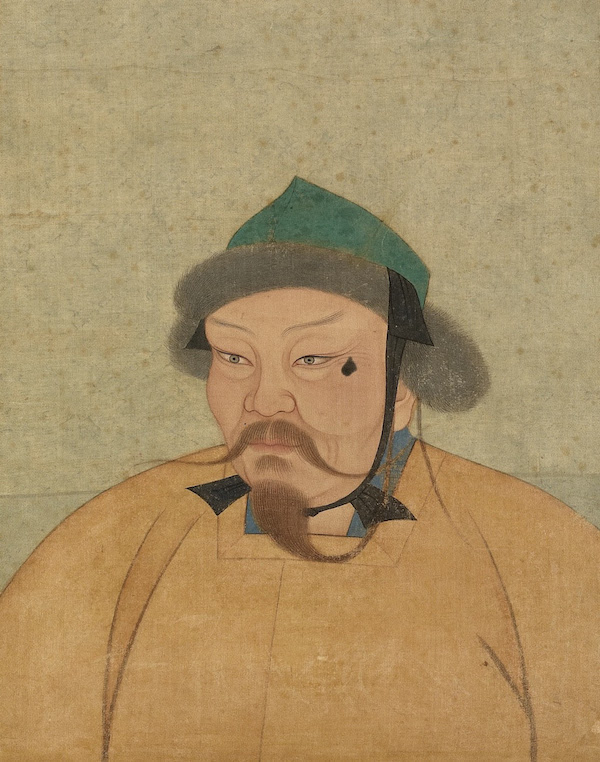"Skin" and "hide" ("pelt") in Old Sinitic and Proto-Indo-European
Browsing through the The American Heritage Dictionary "Indo-European Roots Appendix", a favorite activity of mine, even before the pandemic lockdowns, I came to "pel-3" and was stunned when I saw that one of the derived words was Greek peltē, a shield (made of hide), about which three years ago I had written a very long post (nearly three thousand words):
"Of armaments and Old Sinitic reconstructions, part 6" (12/23/17)
Utilizing a mass of archeological, art historical, textual, linguistic, and other types of evidence, I had shown a close resemblance between the Greek peltē and Sinitic fá 瞂 pelta; small shield — Middle Sinitic bjwot — as defined in Paul Kroll, ed., A Student's Dictionary of Classical and Medieval Chinese (Leiden: Brill, 2015), p. 104a. In that whole, long post, I did not mention Sinitic pí 皮 ("skin; hide; pelt; leather"), because I was determined to cite only linguistic evidence from the Classical Greek to the Middle Sinitic period and the associated artifacts and images.
Read the rest of this entry »


